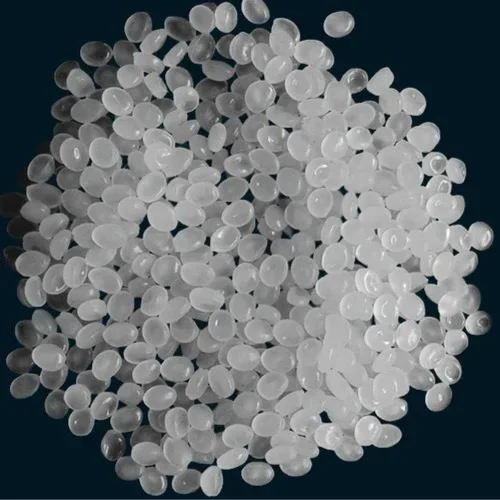About HDPE
High-Density Polyethylene (HDPE) is a thermoplastic polymer made from petroleum and is one of the most widely used plastics globally. Known for its high strength-to-density ratio, HDPE is produced through catalytic polymerization of ethylene using Ziegler-Natta or metallocene catalysts. Its linear molecular structure with minimal branching gives it superior rigidity, chemical resistance, and durability compared to LDPE and LLDPE.

HDPE’s unmatched durability, chemical resistance, and recyclability make it indispensable in modern industry. From everyday packaging to critical infrastructure, HDPE continues to be a cornerstone of the petrochemical sector.
- Density Range: 0.941–0.965 g/cm³ (higher than LDPE/LLDPE, contributing to its rigidity).
- High Tensile Strength: Excellent load-bearing capacity, making it ideal for heavy-duty applications.
- Chemical Resistance: Resistant to most solvents, acids, and alkalis.
- Moisture Barrier: Low permeability, suitable for liquid containers.
- Impact Resistance: Maintains toughness even at low temperatures.
- UV Resistance: Can be stabilized for outdoor use.
- Recyclability: Easily recyclable (Resin Identification Code #2).
Applications of HDPE
Due to its robustness, HDPE is used in:
✔ Packaging: Milk jugs, detergent bottles, and food containers.
✔ Construction: Pipes (water, gas, and sewage), geomembranes, and plastic lumber.
✔ Consumer Goods: Toys, cutting boards, and household items.
✔ Industrial: Chemical storage tanks, fuel tanks, and industrial liners.
✔ Healthcare: Sterile packaging, syringes, and medical device components.
Advantages Over Other Polyethylenes
- Stronger & More Rigid Than LDPE/LLDPE: Better for structural applications.
- Higher Melting Point (~120–140°C): Suitable for hot-fill containers.
- Lower Cost Than Engineering Plastics: Economical for mass production.
Sustainability & Recycling
HDPE is one of the most recycled plastics, widely reused in:
- Post-consumer products (e.g., recycled bins, furniture).
- Closed-loop systems (e.g., bottle-to-bottle recycling).
Innovations include bio-based HDPE (from sugarcane) to reduce carbon footprint.
Market Trends
HDPE demand remains strong, driven by:
- Replacement of traditional materials (e.g., metal, glass) in packaging.
- Growth in infrastructure projects (e.g., corrosion-resistant piping).
